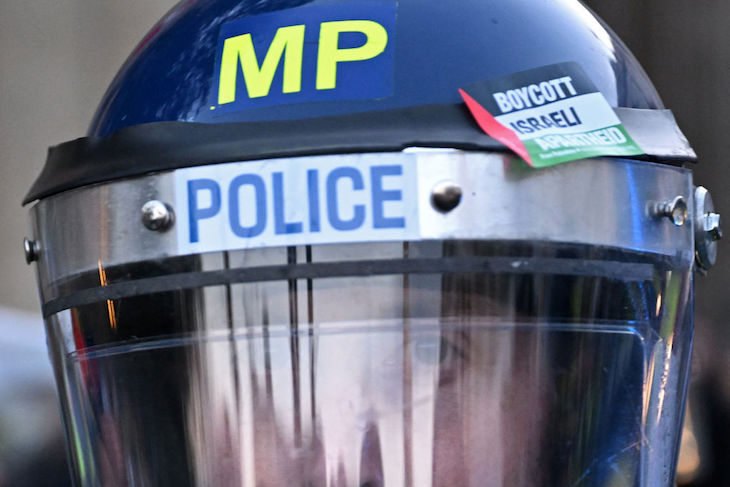If you want an illustration of one of the things that is wrong with the Metropolitan Police, you need only look at how some of the best known streets in central London were yet again handed over to protestors this past weekend – including allies and apologists of Hamas. This is the price which the Met’s leadership seems to be willing to pay to keep things quiet in the capital.
Already a subscriber? Log in
Subscribe for just $2 a week
Try a month of The Spectator Australia absolutely free and without commitment. Not only that but – if you choose to continue – you’ll pay just $2 a week for your first year.
- Unlimited access to spectator.com.au and app
- The weekly edition on the Spectator Australia app
- Spectator podcasts and newsletters
- Full access to spectator.co.uk
Or




















Comments
Don't miss out
Join the conversation with other Spectator Australia readers. Subscribe to leave a comment.
SUBSCRIBEAlready a subscriber? Log in